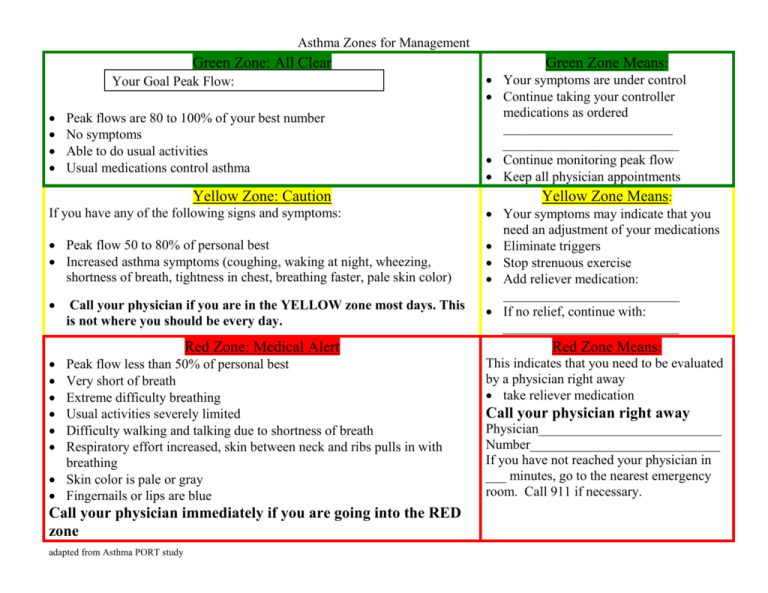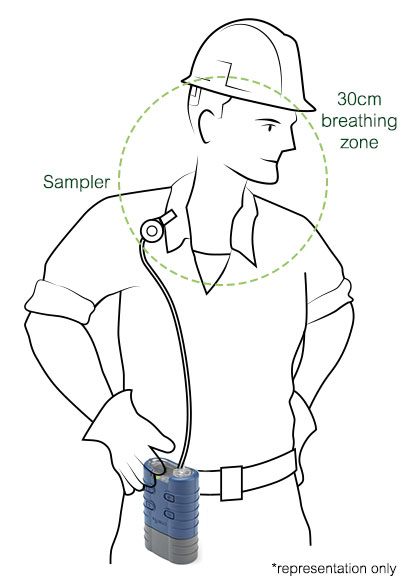

The goals of the NIOSH HHE assessments were to describe acute health effects, evaluate occupational exposures in qualitative or quantitative assessments, and generate hypotheses regarding symptoms potentially related to work activities. NIOSH investigators conducted health hazard evaluations (HHEs) of Deepwater Horizon Response onshore and offshore workers. The nature of these activities raised concerns about potential occupational exposures to chemical and physical hazards and mental stressors. The diverse work included oil and tar ball removal from beaches, oil skimming and booming near shores, burning of surface oil near the source of the oil release, surface application of dispersant by vessels and aircraft, and containment and recovery work on vessels at the release site. The response to this disaster involved the efforts of tens of thousands of workers in a variety of capacities across Louisiana, Mississippi, Alabama, Florida, Texas, and in the Gulf of Mexico itself. NIOSH Spokane Office of Mining Research, Robert Park, MS, NIOSH, Educational and Information Division, and Kevin Renton, MS, ROH, National Institute for Occupational Health, Johannesburg, South Africa for their critical reviews, insights, and thoughtful comments on drafts of the article.The April 20, 2010, explosion and collapse of the BP Deepwater Horizon oil platform in the Gulf of Mexico resulted in the release of millions of barrels of oil into Gulf waters. Jennifer Lincoln, Ph.D., CSP, NIOSH Western States Office, Arthur Miller, Ph.D. We thank CDR Bradley King, Ph.D., CIH, CAPT. We recognize all past and present members of the NIOSH NORA Oil and Gas Extraction Sector Council for their dedication to occupational health and safety leadership and their efforts protecting U.S. Rick Ingram (BP, Houston, TX and the National STEPS Network) for his support of the NIOSH Field Effort and his longstanding and determined efforts promoting worker health and safety in upstream oil and gas extraction. We extend our deep and sincere appreciation to Mr. The authors thank our industry partners and especially their employees for their demonstrated leadership in occupational health and safety for agreeing to participate in the NIOSH Field Effort to Assess Chemical Exposures in Oil and Gas Workers. Recommendations to minimize DPM exposures include elimination (locating diesel-driven pumps away from well sites), substitution, (use of alternative fuels), engineering controls using advanced emission control technologies, administrative controls (configuration of well sites), hazard communication, and worker training. These measurements were collected on Sandmover and Transfer Belt (T-belt) Operators, Blender and Chemical Truck Operators, and Water Transfer Operators during hydraulic fracturing operations. Five of 49 (10.2%) PBZ TWA measurements exceeded the 20 µg/m 3 EC criterion. However, the State of California, Department of Health Services lists a time-weighted average (TWA) OEL for DPM as elemental carbon (EC) exposure of 20 µg/m 3. Neither the Occupational Safety and Health Administration (OSHA), NIOSH, nor the American Conference of Governmental Industrial Hygienists (ACGIH) have established occupational exposure limits (OEL) for DPM. Differences between the GMs of the PBZ samples and area samples were not statistically different (P > 0.05). The GM for the area measurements was 9.5 µg/m 3.

The AM of the TWA area measurements was 17 µg/m 3 and ranged from 0.1–68 µg/m 3. The geometric mean (GM) for the PBZ samples was 7 µg/m 3.
PERSONAL BREATHING ZONE FULL
The arithmetic mean (AM) of the full shift TWA PBZ samples was 10 µg/m 3 measurements ranged from 0.1–52 µg/m 3. Researchers at the National Institute for Occupational Safety and Health (NIOSH) collected 104 full-shift air samples (49 PBZ and 55 area) in Colorado, North Dakota, Texas, and New Mexico during a four-year period from 2008–2012. This study reports on personal breathing zone (PBZ) and area measurements for DPM (expressed as elemental carbon) during oil and gas extraction operations including drilling, completions (which includes hydraulic fracturing), and servicing work. Diesel particulate matter (DPM) emitted from diesel engines is a complex aerosol that may cause adverse health effects depending on exposure dose and duration. Diesel engines serve many purposes in modern oil and gas extraction activities.


 0 kommentar(er)
0 kommentar(er)
